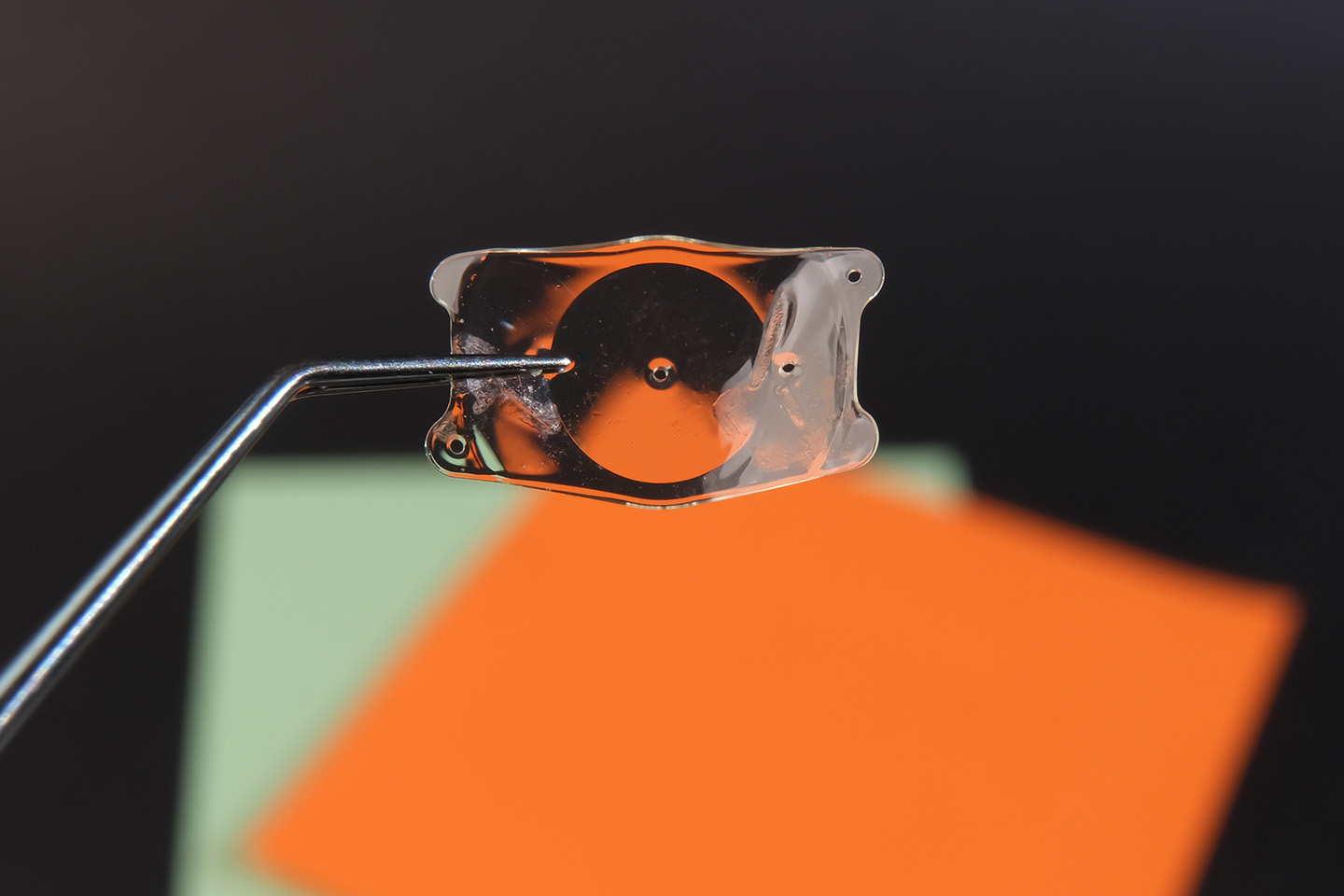What to Expect During LASIK Eye Surgery

Your LASIK journey at Swagel Wootton Eye Institute begins with initial scans to assess whether you’re a good candidate for the surgery. The scans are performed by experienced eye care specialists in either our Mesa or Chandler clinic.
Pre-LASIK Scans
The scans to determine your eligibility for LASIK surgery might include the following:
- Binocular Vision Assessment: This test determines if you have a rare form of an alignment issue with your eye muscles that could interfere with LASIK results.
- Corneal Topography: During this process, we create a computer model of the shape and power of your cornea. This test determines whether you are at risk for uncommon corneal diseases such as keratoconus following LASIK eye surgery.
- Corneal Thickness Measurements: Pachymetry measure corneal thickness. LASIK changes the power of your cornea by removing tissue and reshaping it. So, it’s important to have an adequate corneal thickness to get the best results.
We will also assess the quality of tear production and conduct other tests available to ensure LASIK surgery is the right corrective procedure for you.
Optometrist Appointment
We’ll perform a full vision analysis including refraction testing. During a refraction test, one of our optometrists measures your eyes’ refractive error. If you have a refractive error, your eye doesn’t bend the light appropriately as it passes through the cornea, lens, and fluid before focusing on the retina.
LASIK eye surgery corrects refractive errors. Good candidates have a thick, smooth cornea that can be shaped during LASIK, which can correct the following conditions:
- Astigmatism
- Hyperopia
- Myopia
All those measurements go into the wavelight LASIK machine for use during the surgery.
LASIK Surgery
Here is what to expect during LASIK surgery:
- The doctor puts anesthetic eye drops in your eye and holds the eye open with a speculum.
- The femto laser creates a flap in the corneal tissue, which the surgeon lifts to provide access to the cornea stroma reshaped during the LASIK procedure.
- An excimer laser reshapes the stroma. During the procedure, the laser breaking the intermolecular bonds to reshape the cornea and eliminates the refractive errors.
- The surgeon then puts the flap back in place, rinses the area and reseals the cornea.
- Finally, an antibiotic drop is administered.
You may see clearly the day after LASIK, and you should notice a huge improvement in your vision.
Side Effects and Aftercare
You may develop red spots on the white part of the eye. This is called a subconjunctival hemorrhage and it will clear up in a day or two. Additionally, your eyes may feel very dry, as if there’s a foreign object inside. That will pass and the eyedrops the doctor prescribes will help with dryness and the healing process.
During LASIK recovery, don’t rub your eyes for any reason. You will likely wear protective eyewear day and night for the first few days to protect your eyes. You should follow the doctor’s instructions regarding how long to wear protective eyewear to bed, preventing you from rubbing your eyes while you sleep.
Use the drops as directed by your surgeon after the procedure. You can then switch to artificial tears to keep your eyes moist and hydrated during the recovery process.
Contact Swagel Wootton Eye Institute to schedule a consultation to see if you’re a good candidate for LASIK surgery. We specialize in cataract and LASIK eye surgery in Mesa and Chandler.
[DISPLAY_ULTIMATE_SOCIAL_ICONS]








